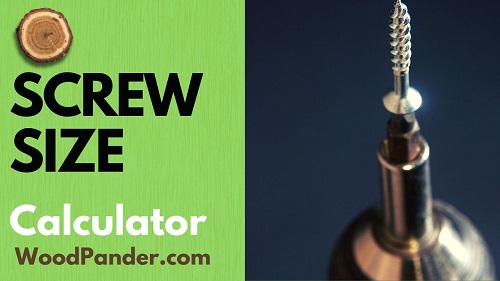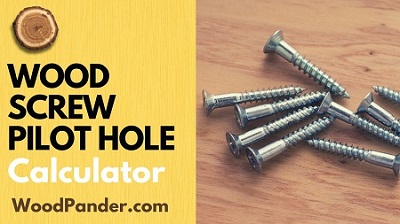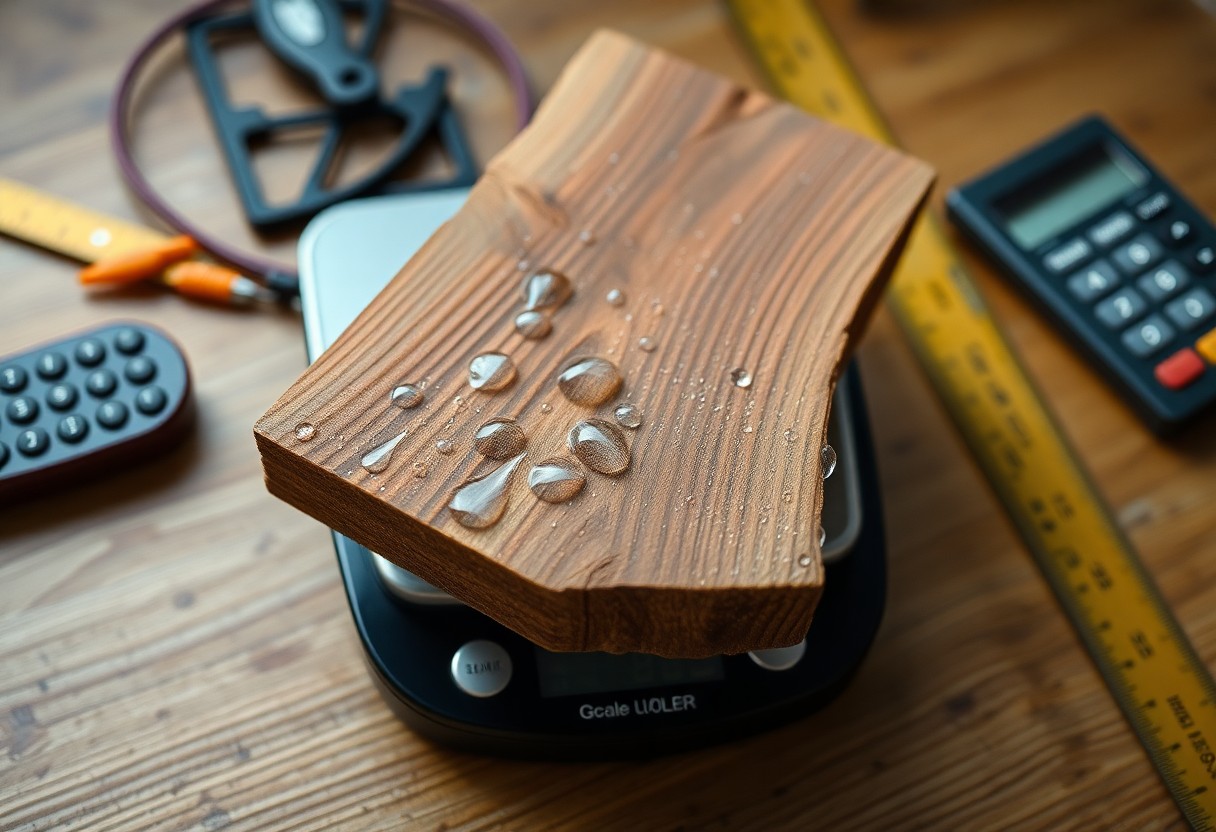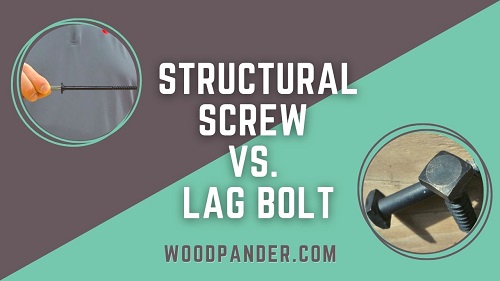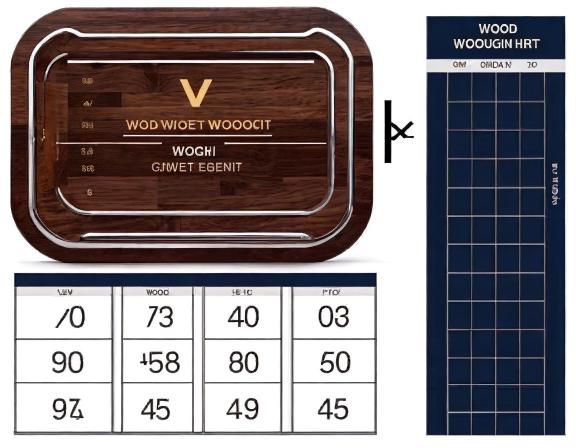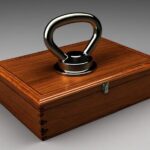With the right knowledge, you can ensure that your wood projects are safe and secure. Understanding the weight limits of wood screws is necessary for effectively supporting structures and components in your work.
This guide will introduce you to a Wood Screw Weight Limit Calculator, helping you determine the maximum load your screws can safely handle.
By assessing factors like screw type, size, and material, you’ll be equipped to make informed decisions for your projects, ensuring durability and reliability for your builds.
Wood Screw Weight Limit Calculator
Wood Screw Weight Limit Calculator
To enhance your woodworking skills and ensure the stability of your projects, it’s important to comprehend the various features of wood screws.
These crucial fasteners serve different purposes based on their design, materials, and intended use. Gaining a solid understanding of wood screws will help you make informed decisions for your construction needs and improve the overall aesthetics and durability of your work.
Types of Wood Screws
To better navigate the wide variety of wood screws available, familiarize yourself with the following types:
- Wood screws
- Drywall screws
- Deck screws
- Machine screws
- Self-tapping screws
This knowledge will empower you to choose the right screw for your specific application.
| Type | Use |
| Wood screws | Joining wood materials |
| Drywall screws | Attaching drywall |
| Deck screws | Outdoor decking |
| Self-tapping screws | Metal and plastic connections |
Material Composition
Before selecting wood screws, it’s crucial to consider their material composition, as this affects their strength, durability, and resistance to corrosion. Common materials include steel, stainless steel, and brass, each offering unique properties suitable for various applications in woodworking and construction.
Consequently, selecting the right material can significantly impact the longevity and performance of your projects. Steel screws are strong and economical, while stainless steel screws prevent rust and corrosion in humid environments. Brass screws offer decorative appeal but are less durable under heavy loads. Understanding these material differences will help you choose the best screws for your specific needs, ensuring that your projects remain secure and long-lasting.
Factors Affecting Weight Limits
There’s a variety of factors that can influence the weight limits of wood screws. These include:
- Screw size and length
- Wood density and condition
- Type of wood being used
- Screw material and coating
- Installation method
Any of these factors can impact the overall performance and safety of your woodworking project.
Screw Size and Length
Limits on weight capacity are influenced directly by the size and length of the screw. A longer screw embeds deeper into the wood, providing more hold, while a thicker screw typically has a greater load-bearing ability. It’s crucial to choose appropriate dimensions based on the materials and weight you expect to support.
Wood Density and Condition
With the wood’s density and condition playing a significant role, the weight limits can vary greatly. Different wood species have different densities, affecting how well they can hold screws and support weight. Condition is also important; damaged or aged wood may not perform as well as fresh, intact material.
It’s important to consider that denser woods, such as oak or hickory, provide better support and hold screws more effectively than softer woods like pine. Conversely, if the wood is rotting or has cracks, the structural integrity is compromised, leading to reduced weight limits. Conducting thorough checks of both density and condition will ensure your projects are reliable and safe.
Calculating Weight Limits
While determining the weight limits of wood screws, it’s crucial to consider factors such as screw material, type, length, and the wood’s density. Each of these elements contributes significantly to how much weight your screws can effectively support. By calculating the weight limits accurately, you can ensure the longevity and safety of your projects.
Formula for Weight Limit Calculation
With a straightforward formula, you can estimate the weight limit of wood screws effectively. Generally, the formula involves the screw’s shear strength, the number of screws used, and the type of wood. This calculation allows you to make informed decisions about your fastening choices.
Examples of Weight Limit Calculations
At times, applying real-world examples can clarify how to calculate weight limits. For instance, if you have a specific screw type and wood condition, breaking down the components using the formula helps to visualize its practical application in your project.
Consequently, by observing various examples, you can better understand how each factor influences the weight limit. For instance, a common wood screw might have a different weight limit when used in softwood versus hardwood. Analyzing these variations can empower you to select the right hardware for your specific needs and applications.
Best Practices for Installing Wood Screws
Not following best practices during installation can lead to weak connections and potential structural failures. Make sure to prepare your materials properly, select the right screws, and utilize the correct techniques to ensure strong, reliable fixtures. By adhering to these best practices, you’ll maximize the performance of your wood screws and enhance the longevity of your projects.
Proper Drilling Techniques
By using the right drilling techniques, you can create precise pilot holes that reduce the risk of splitting the wood. Start by selecting a drill bit that matches the diameter of your screws. Drill straight and at the correct depth, ensuring that you maintain control for the cleanest results. Using a countersink bit can also help provide a flush surface for screws.
Choosing the Right Screw for the Job
By selecting the appropriate type and size of screw for your specific application, you’ll achieve a more secure and effective fastening solution. Wood screws come in various sizes, materials, and thread types, making it crucial to match them to your project requirements, load demands, and environmental conditions.
Considering the specifics of your project will guide you in choosing screws that offer optimal performance. For instance, when working with softwoods, a screw with a coarse thread may provide better grip, while finer threads work well in hardwood applications. Additionally, pay attention to material types; stainless steel screws are ideal for outdoor use due to their weather resistance, while zinc-plated screws work well in dry, indoor environments. Always ensure the screw length is adequate to penetrate both pieces of wood securely without splitting.
Common Applications and Use Cases
Despite the various types of fasteners available, wood screws remain a popular choice for numerous applications across different industries. You’ll find them employed in both residential and commercial projects, offering durability and strength for securing materials together. Understanding the weight limits and appropriate use cases for wood screws can significantly enhance the integrity of your builds, whether you’re mounting shelves at home or constructing framing in a commercial setting.
Residential Projects
Below are some frequent residential applications where wood screws are often utilized. You may find them securing cabinets, furniture assembly, or attaching trim and moldings. Their ease of use and ability to hold weight effectively makes them a go-to fastener in DIY projects and renovations alike.
Commercial Applications
At the commercial level, wood screws are extensively used in furniture production, cabinetry, and structural framing. They provide reliable fastening solutions for a variety of materials and applications, ensuring stability and safety in construction. Your choice of wood screw can make a notable difference in the overall quality of commercial projects.
It’s important to consider the specific requirements of your commercial application, such as load requirements and environmental factors, when selecting wood screws. For instance, screws used in outdoor furniture may need to resist corrosion, while those in structural applications require precise weight limits to ensure safety. By evaluating the project demands carefully, you can maximize the effectiveness of your wood screws, resulting in robust and well-constructed outcomes.
Troubleshooting Weight Limit Issues
Once again, encountering weight limit issues with wood screws can be frustrating. It’s important to assess the installation to identify any shortcomings that may be impacting performance. Common factors like improper screw selection, insufficient torque, or unsuitable materials can lead to unexpected failures. By carefully examining these elements, you can find the root cause and make the necessary adjustments to ensure your projects stand strong.
Identifying Weaknesses in Installation
With every installation, you should be vigilant for potential weaknesses that could compromise your wood screws’ strength. Check that you are using the appropriate screw size and length for your specific application. Ensure that the screws are fully driven into the materials without stripping or damaging the wood. By scrutinizing these aspects, you can significantly reduce the risk of failure.
Solutions for Overloaded Screws
Between understanding the limitations of your current screws and finding effective solutions, you can prevent overload failures. Start by distributing weight more evenly across multiple fasteners or using thicker screws designed for heavier loads. This can greatly enhance durability and strength. Additionally, consider using different fastening methods, such as wood dowels or metal brackets, for heavier applications.
Consequently, when you face overloaded screws, it’s important to evaluate the overall load distribution and fastener choices. By implementing a strategy to properly select and install screws suited for your needs, you can prevent future issues. Increasing the number of screws used, utilizing longer or heavier-duty screws, and reinforcing structures with additional hardware will help manage the load effectively. Following these steps will enhance the integrity of your projects, ensuring they withstand the demands placed upon them.
Conclusion
Taking this into account, utilizing a Wood Screw Weight Limit Calculator enables you to accurately determine the load-bearing capacity of your screws. This tool is vital for ensuring that your projects are both safe and effective, allowing you to make informed decisions on the right screw type and size for your application. By understanding the weight limits and factors affecting them, you can enhance the durability and reliability of your woodworking tasks.


